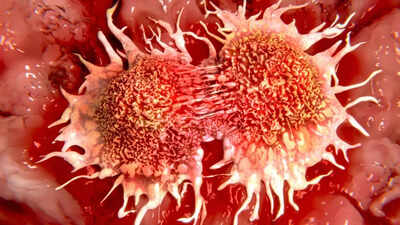A newly discovered protein secreted by a type of bacteria may offer a promising approach to fighting cancer. Scientists in Spain have identified a protein called HapA, produced by Vibrio cholerae, which can trigger apoptosis, or programmed cell death, in tumour cells. Laboratory experiments demonstrated that HapA specifically targets receptors on the surface of cancer cells, including PAR-1 and PAR-2, leading to rapid self-destruction. The team tested breast, colon, and pancreatic cancer cells, showing that only the presence of HapA reduced tumour cell viability. These findings highlight a novel potential therapeutic avenue for treating cancers with targeted bacterial proteins.
How HapA protein targets cancer cells
HapA works by cleaving PAR-1 and PAR-2 receptors, which are normally involved in tumour progression, inflammation, and blood clotting. Unlike human enzymes, HapA acts at unique cleavage sites, initiating a cascade that forces cancer cells to self-destruct. This selective mechanism is what makes HapA a promising candidate for future treatments, potentially allowing targeted therapy with minimal damage to healthy cells.The researchers tested HapA using both mutant strains of Vibrio cholerae lacking the protein and genetically modified bacteria producing only HapA. In every experiment, cancer cell death occurred only when HapA was present. Furthermore, liquid extracts containing bacterial proteins applied to breast, colon, and pancreatic cancer cell lines confirmed that HapA was responsible for the reduced viability and proliferation of tumour cells.
Implications for future cancer therapies
The discovery opens new avenues for designing cancer treatments that exploit bacterial proteins. By precisely manipulating cell signalling through PAR-1 and PAR-2 receptors, HapA could potentially reduce side effects often seen in conventional therapies. Researchers emphasize that while results are currently limited to laboratory studies, the findings underline the importance of studying pathogens to uncover unexpected molecules with therapeutic potential.
